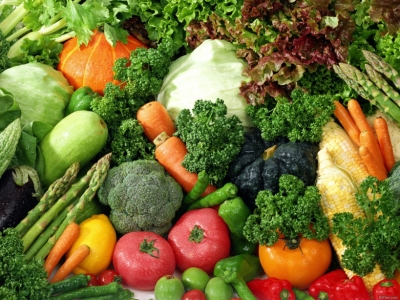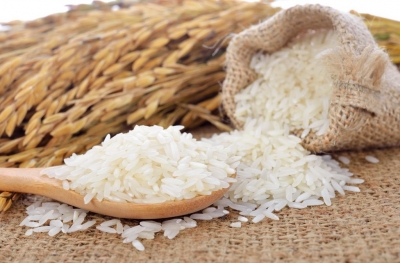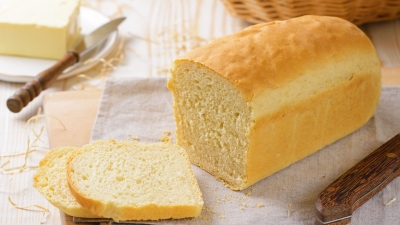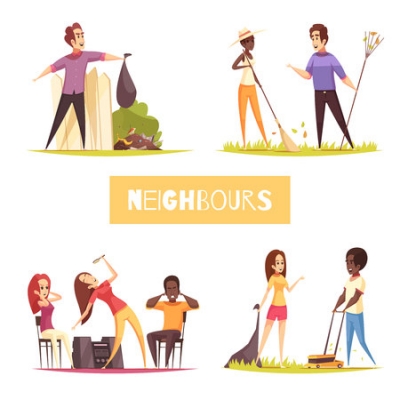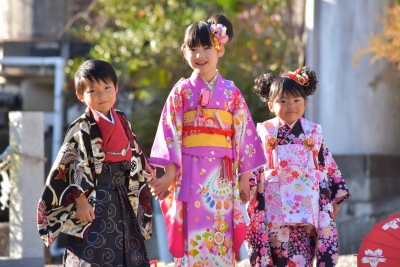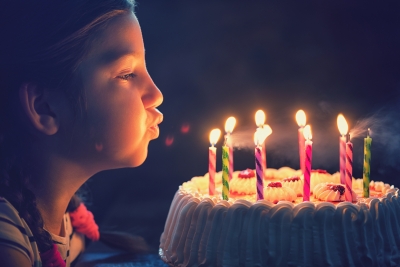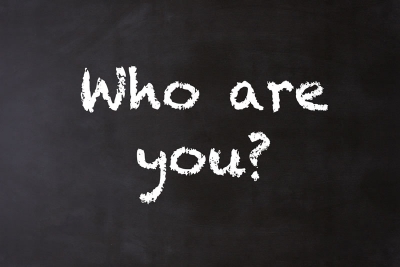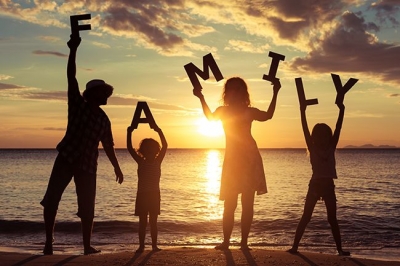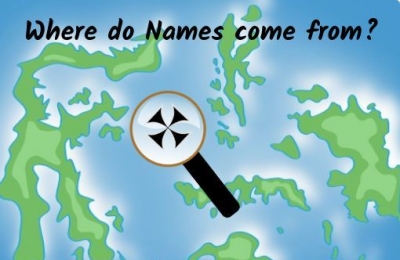
Your first name is the name people call you. Your family chose it for you when you were born. Your last name is called your family name. Where did that name come from?
The earliest people had only first names. Their family and friends knew them by those first names.
About 800 years ago, kings and other royal people in Europe began to use last names to show that they were special. Soon, everyone in Europe took a last name.
How did people choose a family name? Sometimes people's names described where they lived. Castle, Castillo, Castello, Zamecki, Burke, Borg, and Burris are names in several languages that meant a person lived near a castle. Names like Wood, Woods, Atwood, Smallwood, Boyce, DuBois, Holt, Shaw, and Silva meant a person lived near a forest.
Can you guess what the names Streeter, Lane, Strass, and Estrada meant? They meant someone who lived by a road.
Sometimes people's names described what they looked like. If people had light-coloured hair, they might be named White, Wise, Weiss, Whitehead, Whitlock, Whitman, Blanchard, or Bannon. And if they had red hair, their name might be Reed, Reid, Roth, Russell, or Flynn.
Bliss, Blythe, Froh, Merriman, Blaha, or Allegretti are names that mean "happy".
A person who's as smart as a fox might be called Fox, Fuchs, Todd, or Volpe. A brave person might be called Lion, Lyon, Lyons, Loewe, or Leon.
Some names described what people did or where they were from. A baker might take the name Baker, Baxter, Fournier, Piekarz, or Boulanger. A blacksmith who makes horseshoes might be called Smith, Schmidt, Lefevre, Ferraro, Kowalski, Kovacs, or MacGowan.
Robert's child might take the name Roberts. John's son becomes Johnson, Nels' son is Nelson. Davey's, Harry's, and Will's children take the names Davis, Harris, and Wilson.
Some "son" names end in -sohn, -wicz, -vich, or -ak. Mac-, Mc-, or Fitz- means "the son of".
Some children were known by their father's name. So, people called the son of Will, Will's son. Later, this name became Wilson,
A new person in town might be Newman, Newcomb, Doyle, Doran, or Dowell. They all mean "new man".
A person new to town might take the name Doyle, which means "new man".
Picture Credit : Google
